The Wonders Of The Mullein Plant And How To Grow it
I get commissions for purchases made through links in this post. View our Affiliate Disclaimer.
Learning how to grow Mullein is quite straightforward. As it is not a fussy plant from a soil perspective, Mullein grows so very well that some people might consider it a garden weed or pest, as it produces huge quantities of seeds that propagate easily. Due to the seeds produced, Mullein, if left unattended, will quickly overtake any patch of empty soil, and produce many new plants.
The medicinal value of Mullein far out-weighs the nuisance value as an invasive weed. Furthermore, if the gardener manages the growth and cuts the seed stalk off before it opens for dispersal, the gardener should be able to control the spread of the plant in his garden. The seeds can then be planted in potting trays and replanted into the soil once the seedlings reach a height of about 2 centimetres, or until they produce their true leaves, thereby growing the plant where it is convenient for the gardener, and not where the plant decides it should grow!
Mullein Growing Conditions
The Mullein plant is native to Europe, the Mediterranean, North Africa and Asia, but is extremely easy to grow anywhere in the world.
Mullein prefers a sunny, warm, dry location, so preferably plant away from other plants which require daily watering.
Mullein grows well in a variety of soil types, from well-drained rich soil to poor rocky soils but does have a low water requirement, so do not keep the soil constantly moist, rather give a good soaking once a week. As the plant contains a high mineral content, Mullein is considered a bioremediator because of its ability to restore poor soil quality. Bioremediation is a process which treats contaminated water and soil by stimulating the growth of microorganisms which results in the removal of contaminants, pollution and toxins. Basically, Mullein is a soil health worker!
Mullein is frost resistant. It tolerates temperature as low as -15 C (5 F). The plant will, however, benefit from mulching before the first frost to insulate the roots from the cold. A light covering of straw, nut shells or even leaves over the top of the soil will assist in protecting the plant during the colder months.
The image below on the left shows a plant completely covered in frost and then shows that same plant after the frost, on the right, completely healthy!
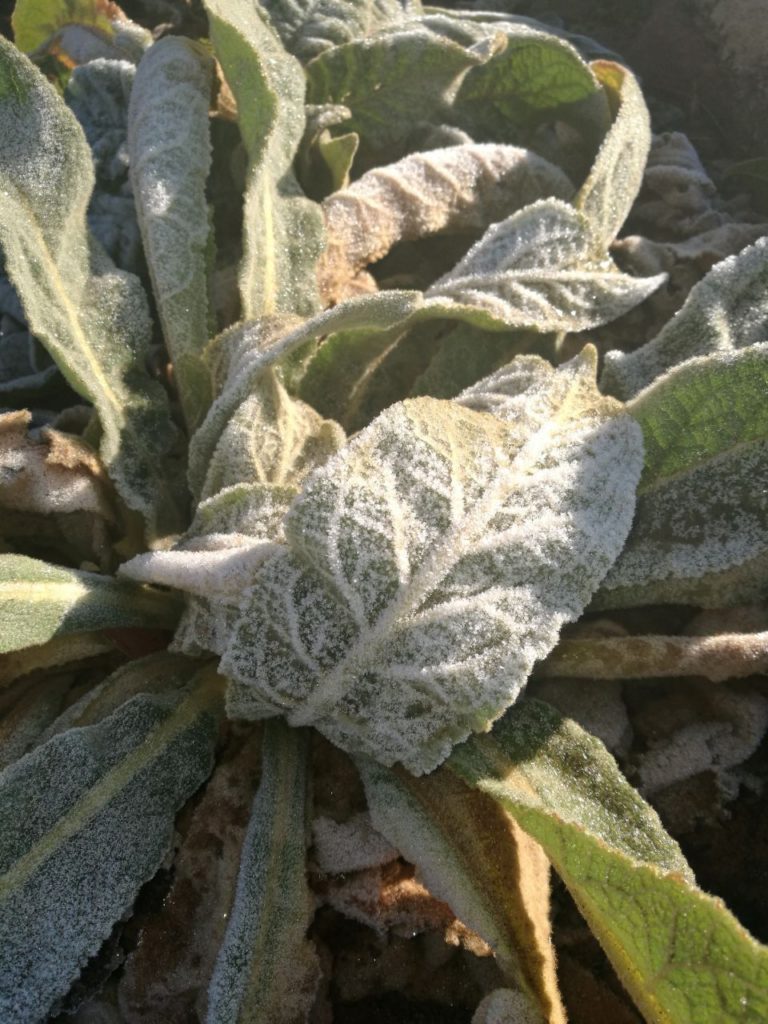
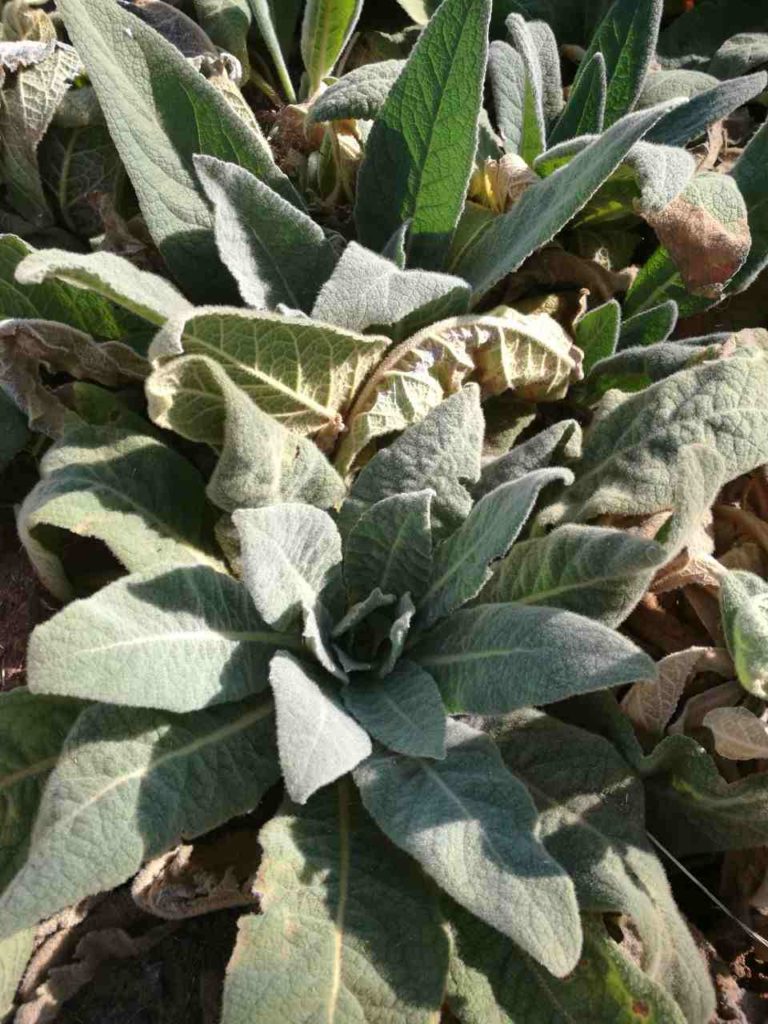
How To Grow Mullein From Seed
Using any pot or potting tray, lay the seeds about 20cm (18 inches) apart lightly on top of the soil, no need to press down. The soil should be well-drained as Mullein plants do not like soggy soil, so do not water too often. Mullein plants do prefer to grow in full sun, but light shade will not do them any harm either!
How To Grow Mullein From A Root Cutting
It is very easy to grow a new plant from a root cutting, in fact, it is almost like cheating! Cut the bottom at an angle and the top straight to plant the cutting facing the correct way up. Place the root cuttings into seed trays filled with a germination mix from your local nursery or use something like coconut coir and silica mix to hold some moisture, without wetting the cuttings too much. Ensure it is moist all the time. Within about two weeks you should notice a bunch of shoots appearing on each root cutting. Your new Mullein plant is ready to be transplanted into a sunny place in your garden!
Experimentation To Get Flowers Quicker
A typical Mullein plant grown from seed takes two years of growth to produce flowers. In their first year, the plants form a rosette of large, velvety (hairy) leaves up to 30cm, (1 foot) long.
A flower spike grows during the second year, which can be up to 2.5 metres, (8 feet) tall.
Is it possible to grow Mullein from root cuttings?
Will plants grown from root cuttings produce flowers before those grown from seed? We are experimenting to see if this is in fact correct! Time will tell!
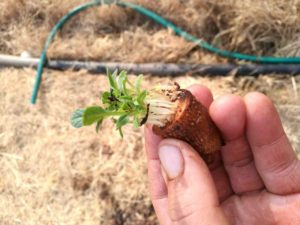
It is possible to grow mullein from root cuttings, and we are experimenting to see if plants grown from root cuttings will produce flowers sooner than those grown from seed.
The image to the left shows mullein grown from a root cutting.
As a comparison, the images below show a root cutting seedling and a seed germinated seedling.
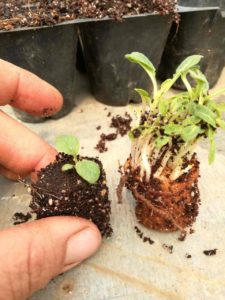
This picture on the right shows two young plants, each grown using a different growing method. The young plant grown from the seed on the left was planted on the 10th of July. The young plant on the right is grown from the root-cutting planted in August, almost one month later – look at the difference in growth!
The plant from the root-cutting has grown quicker and looks healthier and stronger than the plant grown from seed!
We are wondering if plants grown using this method will produce flowers sooner than plants grown from seed! We will keep you informed on the progress!
If any readers have experimented with this, please leave a comment below and share with us how your mullein grew from root cutting compared to a seed grown plant.
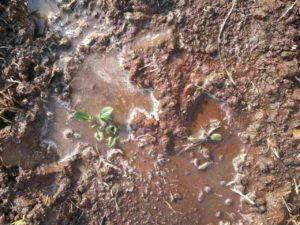
Here the root cutting grown plant is on the left, showing strong growth, and the seed grown plant on the right.
Harvesting Mullein
The flowers are best harvested early in the morning and dried in the shade. Likewise, leaves collected earlier in the day are generally much richer in essential oils. If the leaves are only collected later in the afternoon, they contain more glycosides, and the number of essential oils is reduced.
What Is Mullein Used For?
Mullein traditionally has many uses, generally all for medicinal purposes. The plant has been used by many Herbalists to assist in the healing of ailments such as bronchitis, colds, coughs, TB, pleurisy and whooping cough. It is effective in reducing mucous in respiratory tract conditions and is often used to treat asthma as it can reduce inflammation.
If you are a smoker, Mullein is a great lung soother and aids in breaking up congestion and can prevent coughing.
Mullein is such a versatile plant which can be turned into tinctures and oils and has been known to reduce the effects of earache, allergies, tonsillitis, and even joint pain and gout!
Which Part Of Mullein Is Used For Medicinal Purposes?
Mullein leaves are used for making homoeopathic tinctures and a soothing herbal tea, which are used to treat many common ailments including respiratory problems and earache!
The dried flowers and leaves can be ground down into a fine powder, and then mixed with water to make a thick paste which is used as a poultice over open wounds and sores. Liberally spread over the affected area and cover with gauze – watch the wound heal!
The seeds and flowers are often soaked in oil and this oil infusion can be used externally as a natural eardrop!
The side effects from the use of Mullein as a medicinal plant are not common, but some species of Mullein can cause mild skin reactions which can be irritating but generally clear up once the use of the tincture, drops or poultice is discontinued.
Other Uses For Mullein?
The large dried flower stalk is often dipped in tallow and used as a torch, while the flowers and leaves can be used as a fabric or hair dye!
The dried leaves can be smoked like any tobacco product.
In conclusion, this plant is a must for any serious gardener to grow in his garden. Not only is the plant lovely to look at, but it is a wonderful medicinal plant, an easy grower, and will bring many hours of pleasure to the gardener and the home healer!
Get more posts like this
Subscribe to our mailing list and get interesting homesteading and green living info and updates to your email inbox.
Thank you for subscribing.
Something went wrong.

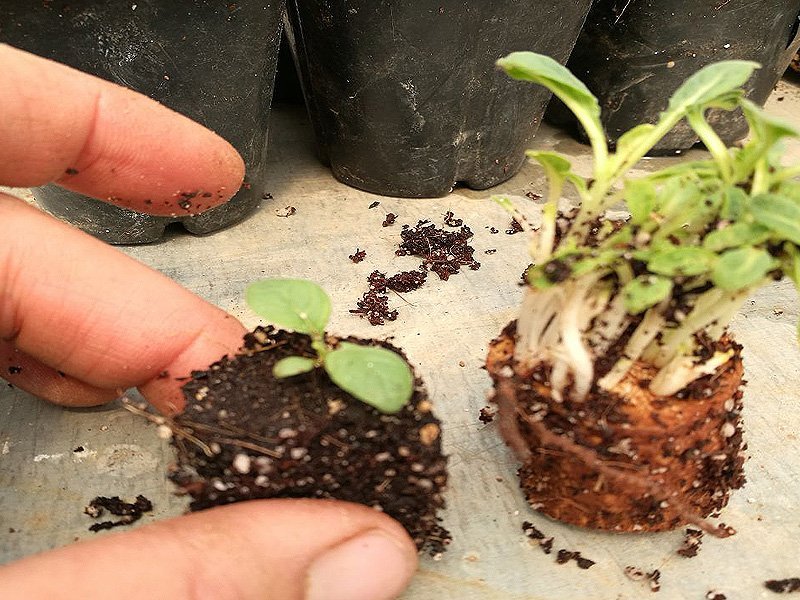
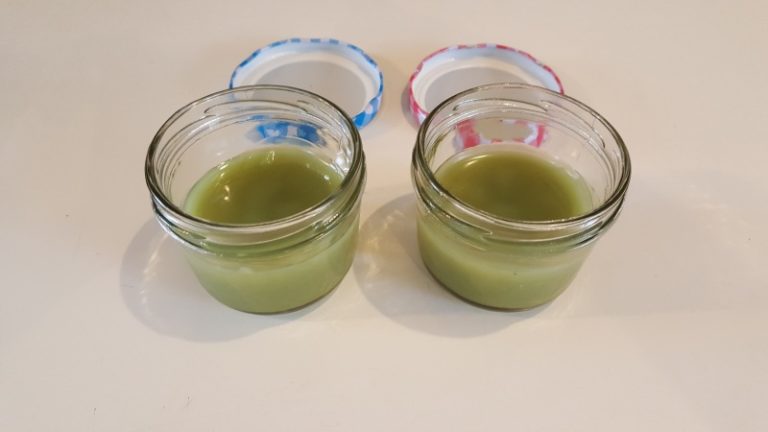
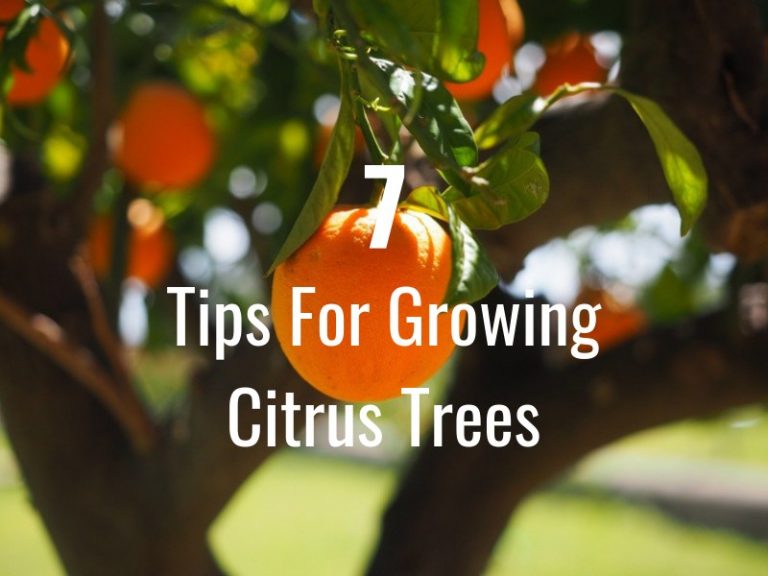
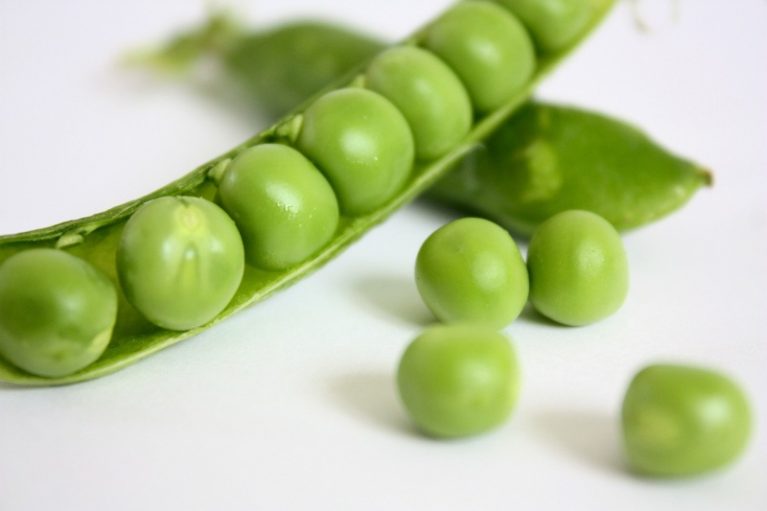
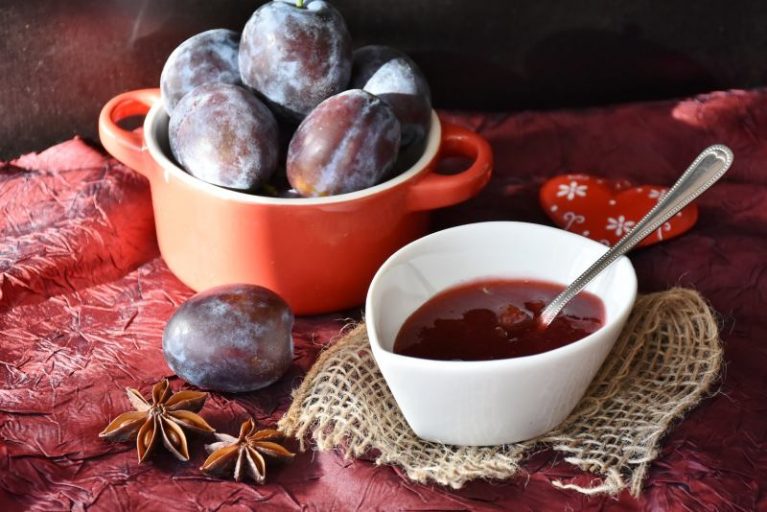

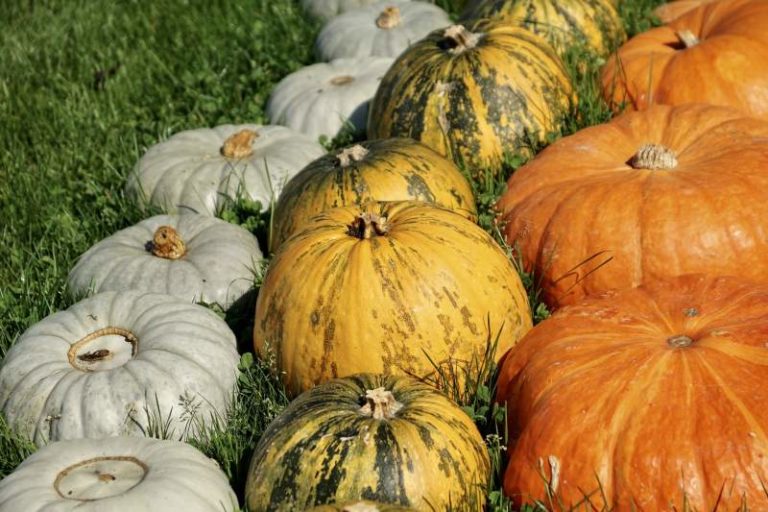
Hi! I am wondering what the results of this found. Did the root cutting produce flowers quicker?
I’ll be looking out for mullein when buying plants! Great post.
Mullein is a great all round medicinal plant if you are aiming for self-sufficiency.
I had mullein growing wild last year. I made an extract with some. This year, we have hardly any. (I do have seed though. Perhaps I’ll plant some next year.)
Great article, thanks for sharing! We had mullein growing once in our yard but it never came back. Then we found it in abundance in our neighbour’s field, so we plan to ask permission to harvest it! I didn’t know it was a bioremediator!
Çut off stalk yellow flowers on top will produce multiple arms.